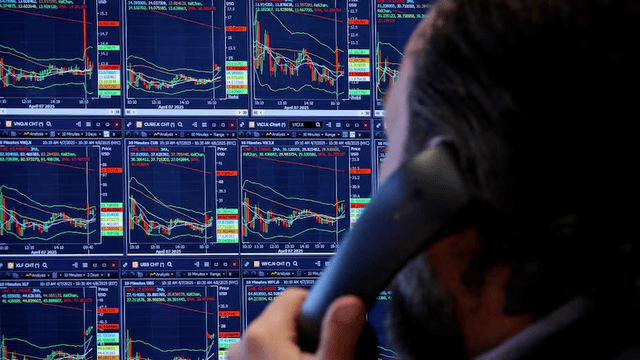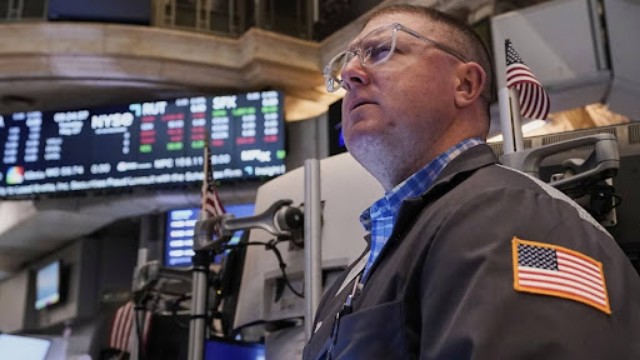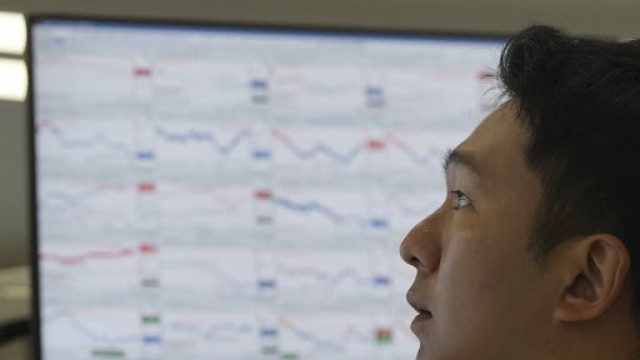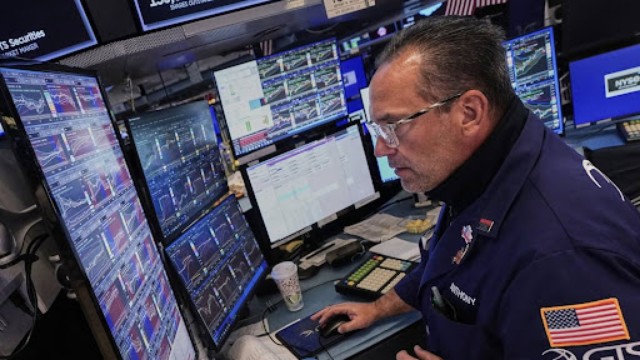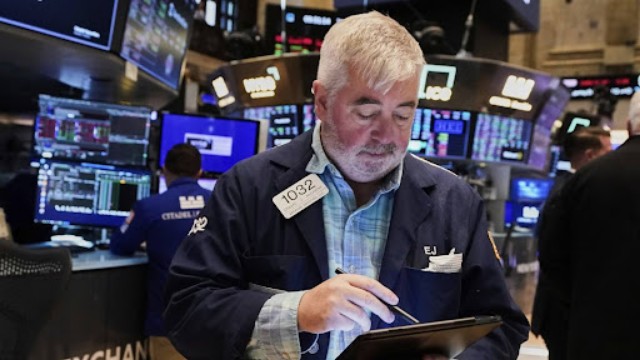
Wall Street is looking to take advantage of stock market declines, but the timing remains uncertain.
The U.S. stock market is wrapping up one of its roughest quarters since the 1980s, trailing global markets by the widest margin in decades. While this downturn presents potential opportunities for investors to buy at lower prices, uncertainty looms over Wall Street. The big question isn’t just if stocks will bounce back—it’s when.
A Cloud of Uncertainty
Market experts remain cautious, citing multiple factors that make it difficult to predict a turnaround. Trade disputes, economic slowdowns, and geopolitical tensions have left investors wary. Mary Ann Bartels, chief investment strategist at Sanctuary Wealth, emphasizes that a clear picture of tariff policies and their impact on corporate earnings is crucial before U.S. stocks can regain strength.
So far this year, the S&P 500 has dropped 5.1%, significantly underperforming the MSCI All-Country World Index (excluding U.S. stocks), which has gained 6.5%. This 11.6% gap marks the biggest disparity between U.S. and global stocks in over 35 years, according to Bloomberg data.
Tech’s Fall from Grace
The stock market’s recent troubles stem largely from the downfall of major tech stocks. Just months ago, investors were pouring money into artificial intelligence-driven companies, pushing stock prices to record highs. But as excitement cooled, many of these high-flying stocks have tumbled. Interestingly, other areas of the market are holding up well—indices like the Dow Jones Industrial Average and an equal-weighted version of the S&P 500 are faring better than the traditional S&P 500 index.
Safe Havens in a Risky Market
Investors are now seeking safer options. Fears surrounding President Donald Trump’s trade policies and slowing economic growth have pushed traders into more stable investments. Trump’s upcoming tariffs, set to take effect Wednesday, have sparked concerns about an economic slowdown that could weaken corporate profits and drag stocks down further.
The S&P 500 entered 2025 following two consecutive years of 20% growth—an unprecedented surge in this century. However, such rapid gains stretched valuations, making the market vulnerable to sudden downturns. Now, investors are scrambling for stability, with the Nasdaq 100 and S&P 500 headed for their worst quarters since 2022.
Could a Comeback Be on the Horizon?
Despite the current downturn, some experts remain optimistic about U.S. stocks, particularly in the long term. David Wagner, head of equities at Aptus Capital Advisors, warns against overreacting to temporary dips. He believes the broader market could still stage a comeback, as past downturns have often led to strong rebounds.
However, historical data suggests caution. In previous instances where U.S. stocks lagged global markets by similar margins, they struggled to catch up by year’s end. Vincent Lorusso, CEO of Clough Capital Partners, believes that while international and value stocks are gaining traction, there’s still room for U.S. stocks to perform well in specific sectors.
Key Events to Watch
Investors are closely monitoring upcoming reports and decisions that could shape market trends. Two major employment reports, corporate earnings releases starting with JPMorgan Chase on April 11, and the Federal Reserve’s interest rate decision on May 7 will provide crucial insights into where the market is headed.
Wall Street analysts remain divided on stock projections. Barclays strategist Venu Krishna recently lowered his S&P 500 target from 6,600 to 5,900, citing slower economic growth. Meanwhile, Deutsche Bank’s Binky Chadha remains bullish, forecasting a rise to 7,000 by year-end, especially if Trump softens his tariff stance.
Market Jitters and Future Leaders
The stock market’s volatility returned last Friday, with the Cboe Volatility Index (VIX) climbing above 20, signalling rising investor anxiety. While some experts believe the market’s worst days may be ahead, others think this could be a prime opportunity to buy before a potential rebound.
Veteran strategist Jim Paulsen suggests that while the market may see further losses, a full-scale crash remains unlikely. The key question remains: Which stocks will emerge as the next leaders?




